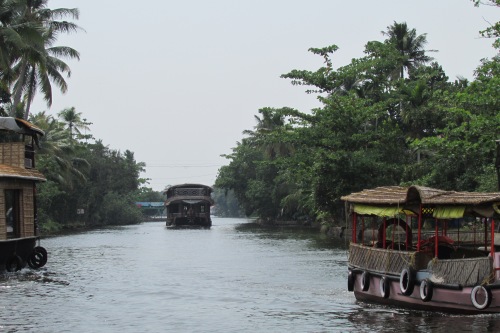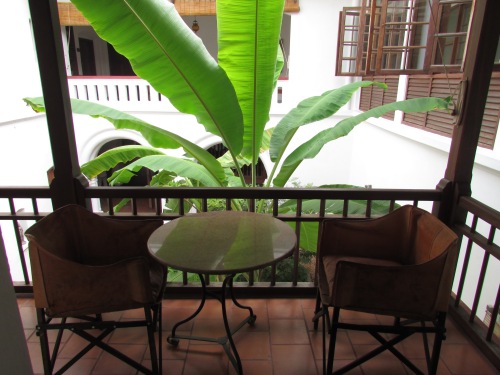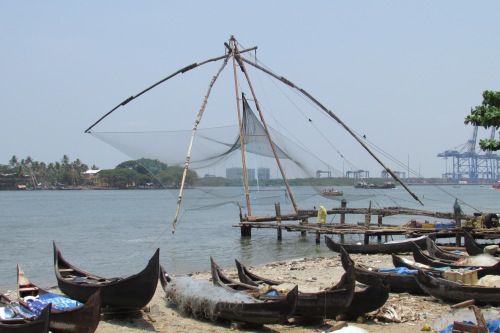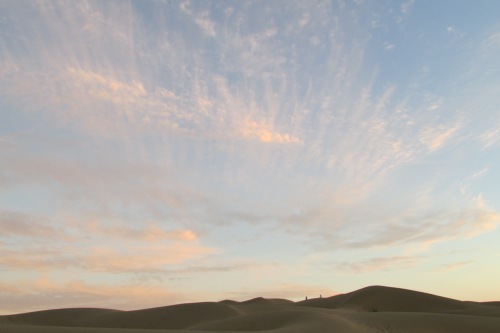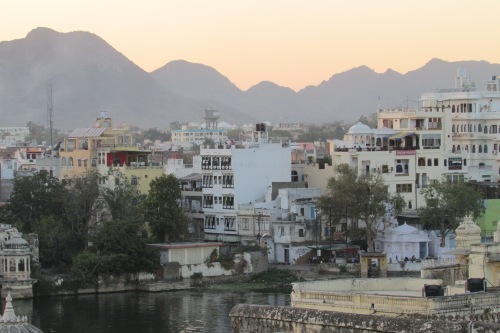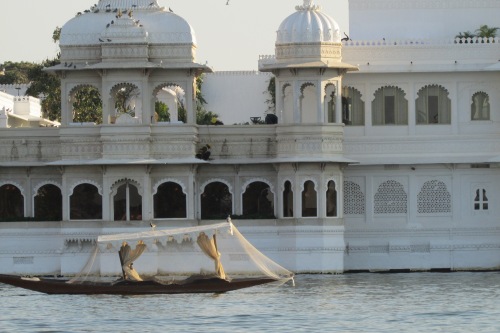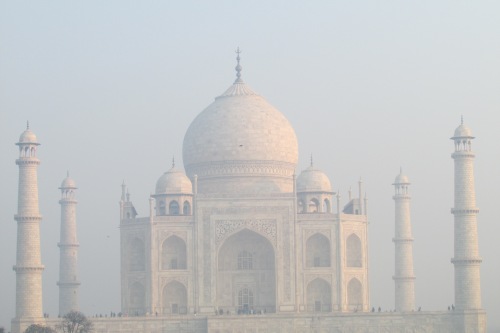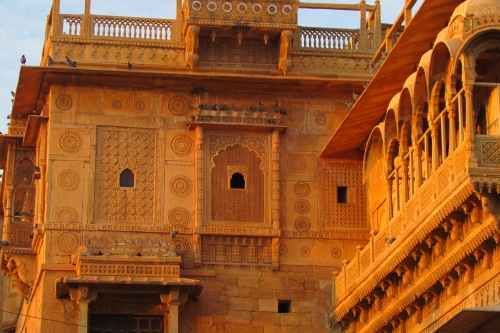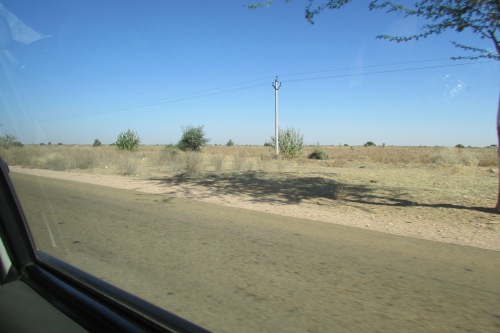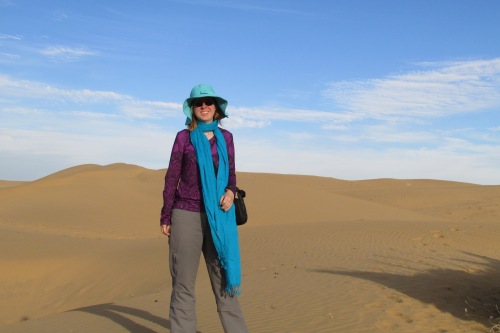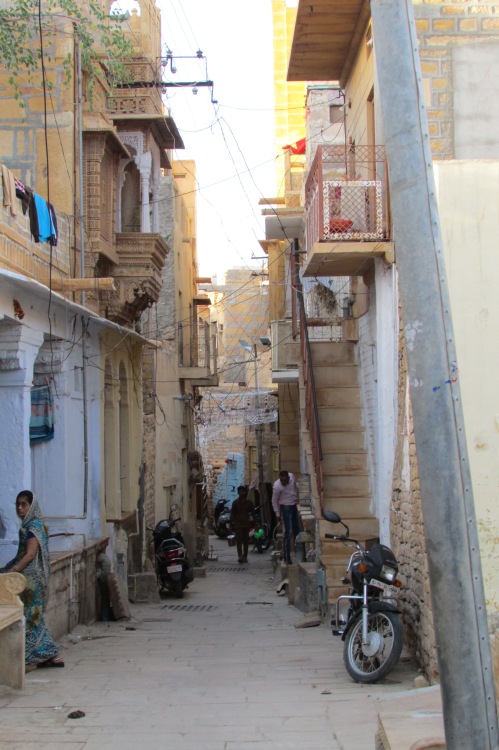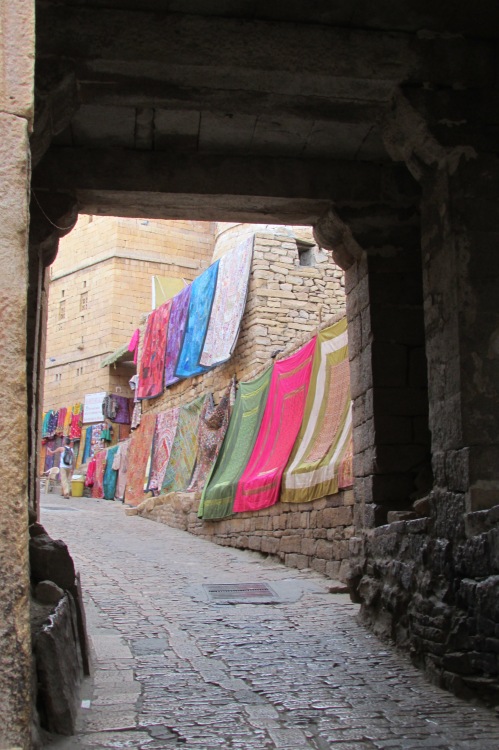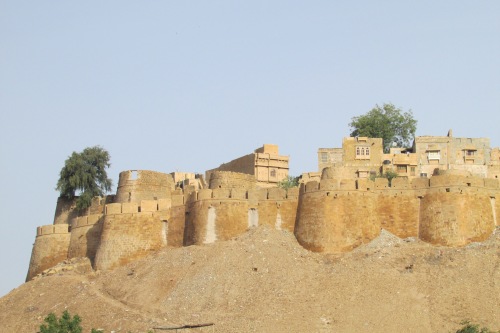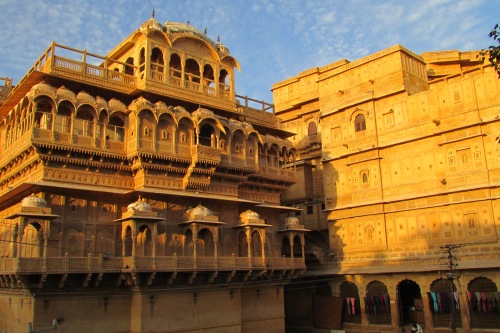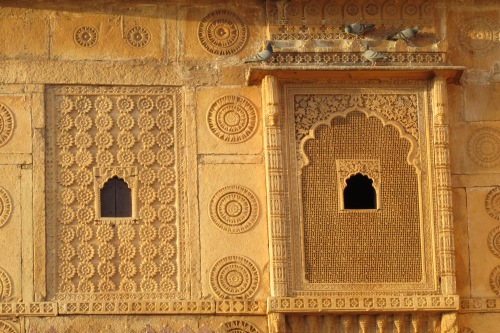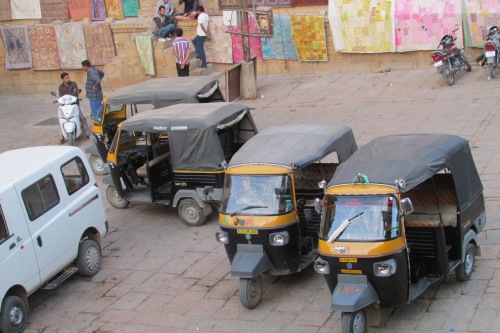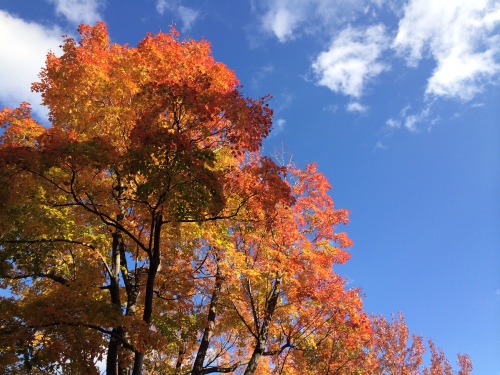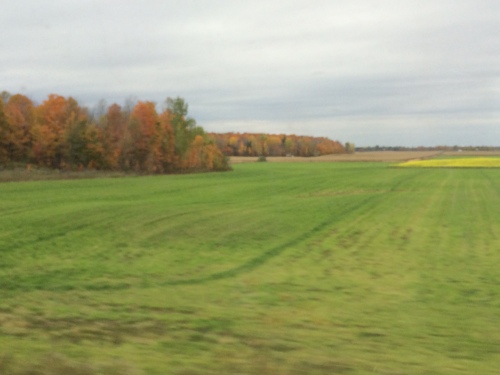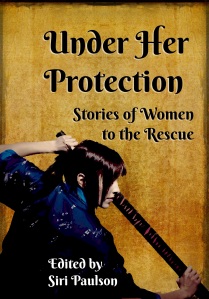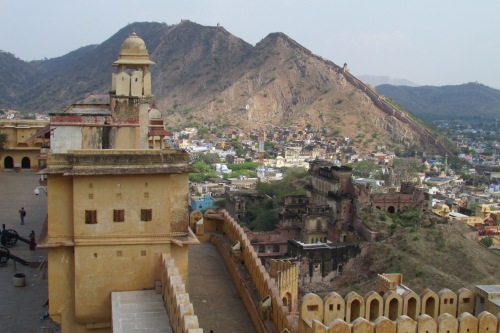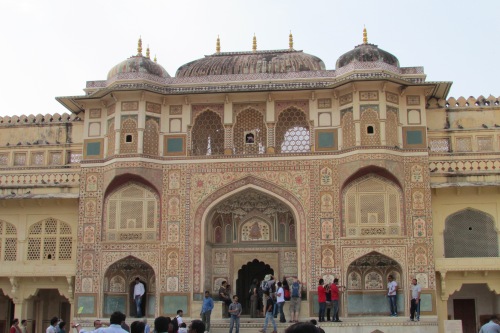It’s travel blog time! I left off relating my travels in India by talking about Jaisalmer, the Golden City. (Several cities in the state of Rajasthan are named by colour: Jaipur is the Pink City, Jodhpur is the Blue City, and Udaipur is the White City.)
Tourists come to Jaisalmer for two main reasons: to see the beautiful sandstone fort (covered in Part 1), and to use the city as a jumping-off point for camel treks in the Thar Desert.
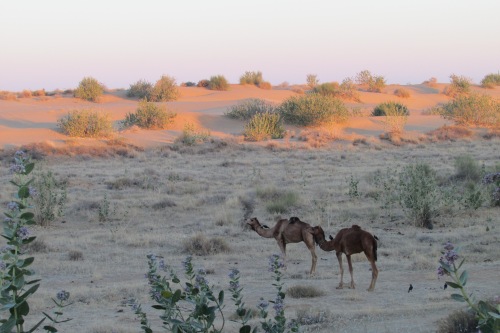
The Prep
It’s possible to do long multi-day camel treks, or ones that last just a few hours. My travel companion and I decided to go for the in-between option: trekking a few hours, sleeping in the desert under the stars, and trekking back the next day.
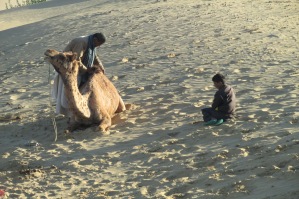 We researched trekking companies online and with the help of our guidebook (The Rough Guide to India). What our research didn’t tell us was that at least some of the companies use child labour. On our trek, run by a company incongruously named Sahara Travels, a couple of preteen boys helped the adult guides with the cooking and taking care of the camels. Were they learning useful skills? Were they helping to support their families? Was it still uncomfortable? Yes, yes, and yes. Unfortunately, we didn’t know until it was too late.
We researched trekking companies online and with the help of our guidebook (The Rough Guide to India). What our research didn’t tell us was that at least some of the companies use child labour. On our trek, run by a company incongruously named Sahara Travels, a couple of preteen boys helped the adult guides with the cooking and taking care of the camels. Were they learning useful skills? Were they helping to support their families? Was it still uncomfortable? Yes, yes, and yes. Unfortunately, we didn’t know until it was too late.
Camel Trekking
Our trek started with a drive, by jeep, to an abandoned village. We never did get the full story, but it was chock-full of beautiful architecture…
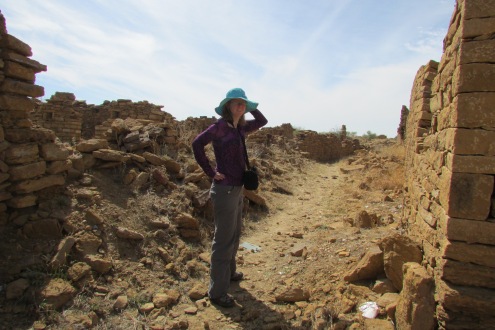
Your intrepid correspondent
Then we were introduced to our camels. A word of warning: camels are really, really tall. You get on them when they’re lying down, and then they stand up with an awkward lurch (they don’t seem very well put together, somehow) and you think you’re going to fall off. They’re also very bumpy when they walk. (Later in our India trip, I had the chance to try an elephant ride. Also very tall, but a completely different motion.) Having horseback-riding experience might have helped. As it was, I clung on tight the whole way.
Word to the wise: put on your sunscreen before you get on the camel! And you will absolutely need sunscreen. That desert sun is fierce! I also wore a wide-brimmed hat, a scarf to cover my neck (the hat alone didn’t do it because the sun’s rays bounced up off the sand), long sleeves and pants, and closed-toe shoes.
Camping in the Desert
After a few hours, our guides started looking for a spot to camp. Things to know:
- Tourists want sand dunes.
- The dunes where we were trekking weren’t actually that extensive–much of the desert in that area was just dried-out soil and scrubby bushes (see top photo).
- There was a wind-power farm nearby.
- We were not the only group of trekkers looking for a campsite.
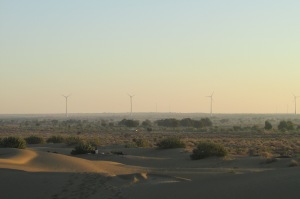
Hilarity ensued as the various tour guides tried to find camping spots out of sight of one another (and the windmills) so their respective groups could each have that “alone in the desert overnight” feeling.
This was managed eventually. Our overnight group consisted of a retired British couple and a younger group of Brazilians. We chatted over dinner (served by the two preteens), a simple meal of dal (lentil soup) and naan (flatbread) and hot chai (tea). The British guy boasted that he had fallen off his camel, but hadn’t hurt himself because he went limp as he fell. This was not very reassuring.
Sunset came. As you might imagine, the stars were spectacular. SO MANY STARS.
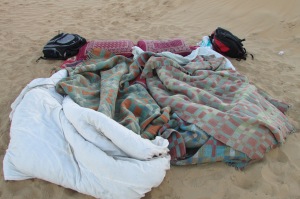
Unfortunately, as night fell, so did the temperature. Note to the wise: bring layers! Our bed was simply layers of blankets on the sand (we slept in our clothes), and let me tell you, that was not enough. I did not sleep well at all. But I did see lots of stars throughout the night.
(Side note: the bathroom was simply a designated spot behind some bushes. I brought a Shewee, which helped.)
In the morning we woke early, walked about to try and get warm, and congratulated ourselves on sleeping overnight in the desert. I’ll always remember the beauty of the early-morning sunlight on the dunes.
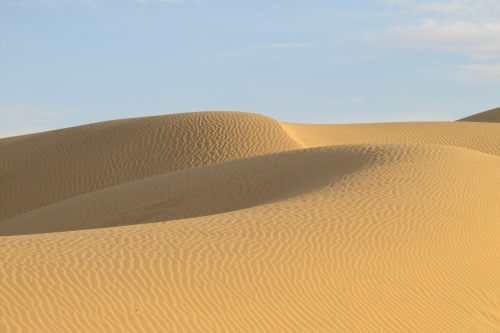
Then we had a simple breakfast of boiled eggs and toast and some very welcome chai, and got back on the camels. It wasn’t any easier than the day before, and we were just a tad sore by then. Nothing much to report from the return journey, except that I’ve never been so glad to see a jeep.
Also, we had sand everywhere. Thank goodness for hot showers.
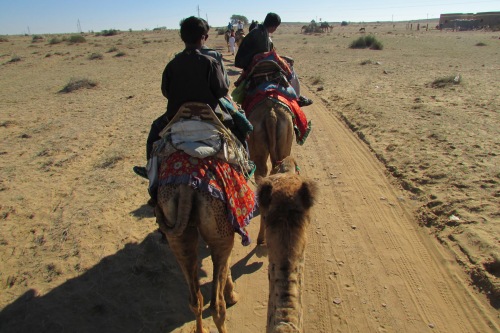
On Day 2, I did manage to let go of the saddle long enough to take a picture from the back of my camel!
Conclusion: my travel companion and I agree that we are not really cut out for this sort of adventure, but we’re both glad for the experience!
Desert Packing List
- large water bottle
- sunscreen
- sunglasses
- hat, the larger the better
- scarf for keeping off the sun during the day and for the cold overnight (I used a locally bought pashmina)
- long sleeves / long pants–the best outfit is either a simple cotton salwar kameez aka “Punjabi suit” (tunic and loose pants) or lightweight quick-dry Western clothing from a travel/outdoor outfitter
- fleecie or sweater for nighttime
- camera
- flashlight
- SheWee for the female-bodied among you
Have you been on a desert trek? Any tips to share?










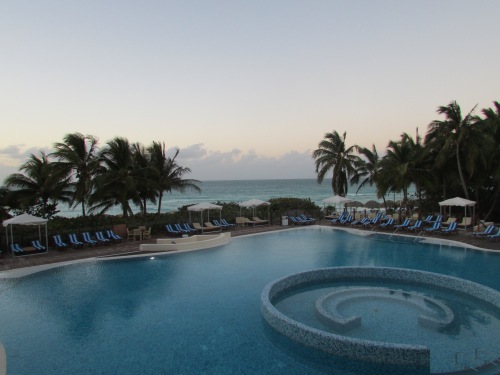 THE BACKSTORY
THE BACKSTORY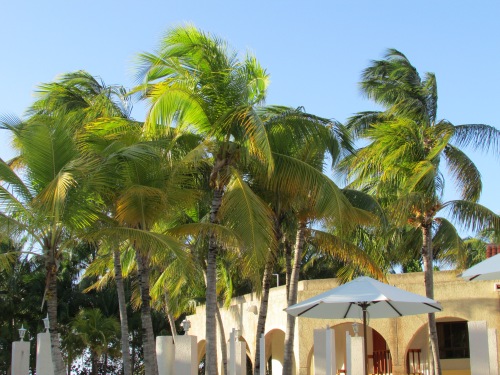
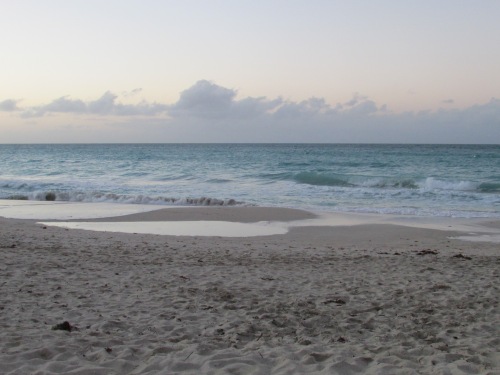
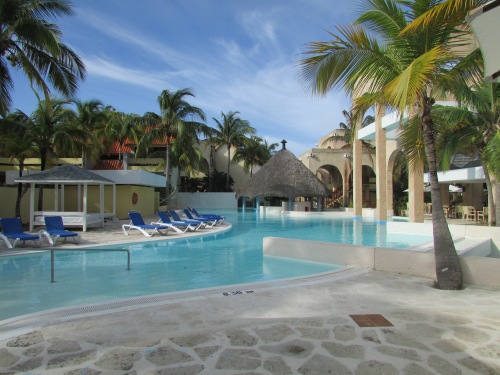
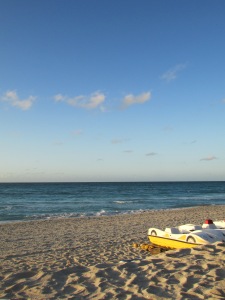 The food was hit-and-miss, but we’d been warned to expect that of Cuban all-inclusives, and it wasn’t so bad once we figured out how to get the best use out of the buffet and the various à la carte restaurants. (Go for the meats that are grilled as you watch. Take a little of everything, then go back for seconds once you figure out what’s actually good. Arrive early for shorter lineups and fresher food.)
The food was hit-and-miss, but we’d been warned to expect that of Cuban all-inclusives, and it wasn’t so bad once we figured out how to get the best use out of the buffet and the various à la carte restaurants. (Go for the meats that are grilled as you watch. Take a little of everything, then go back for seconds once you figure out what’s actually good. Arrive early for shorter lineups and fresher food.)

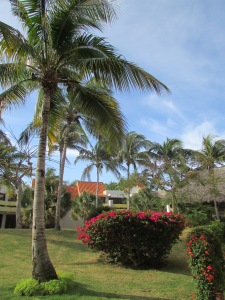 Complacency: We were lulled into complacency and forgot to do as much research as we should have. For one thing, we didn’t bring the correct plug adapters for our laptops (we needed a three-prong to two-prong adapter), so one charge and we were done. For another, we had thought it was OK to tip in American dollars at the resort, but judging by the lukewarm reaction we got, we perhaps should have been tipping in pesos. Eventually we gave up tipping altogether. It didn’t make a noticeable difference in service.
Complacency: We were lulled into complacency and forgot to do as much research as we should have. For one thing, we didn’t bring the correct plug adapters for our laptops (we needed a three-prong to two-prong adapter), so one charge and we were done. For another, we had thought it was OK to tip in American dollars at the resort, but judging by the lukewarm reaction we got, we perhaps should have been tipping in pesos. Eventually we gave up tipping altogether. It didn’t make a noticeable difference in service.


